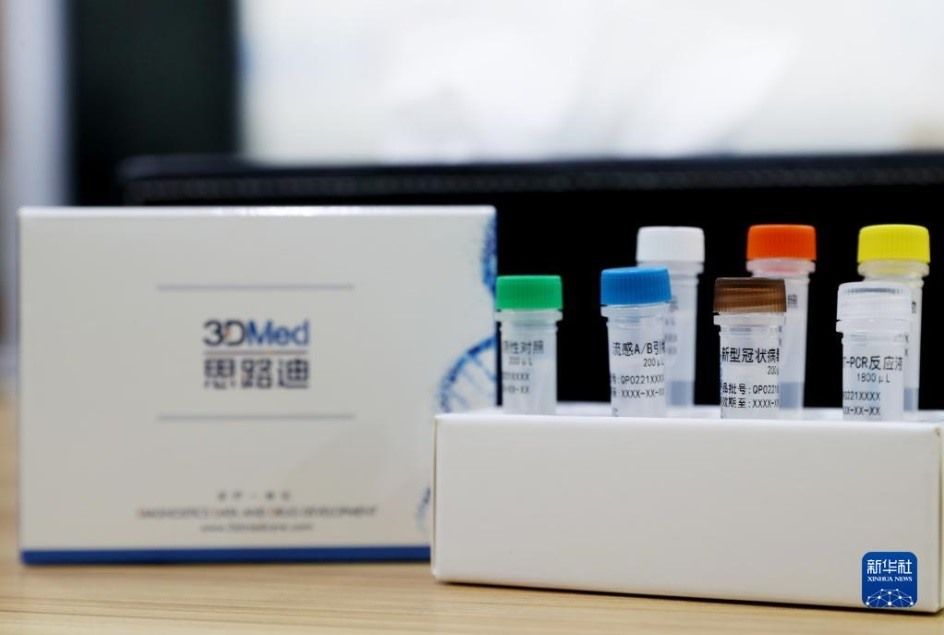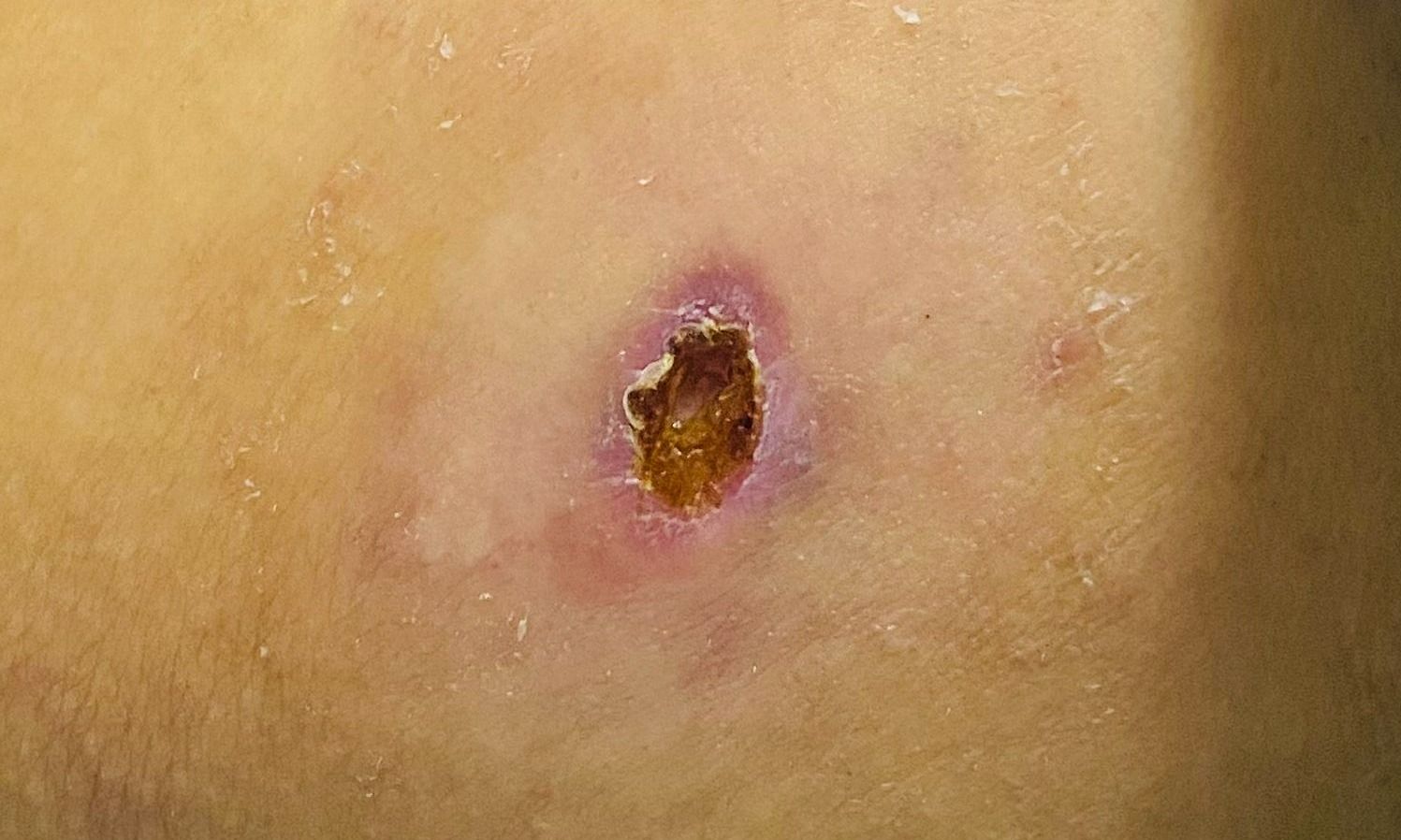Influenza A attacks young children during cold spells, causing dangerous complications
The National Children's Hospital informed that the number of influenza A cases has been on the rise recently, especially in young children, many of whom have severe respiratory failure and require mechanical ventilation.
Therefore, early recognition of the symptoms of influenza A will help parents manage and take their children to the hospital for timely examination, avoiding dangerous complications. In addition, parents should also note that vaccination is still the most effective preventive measure, helping to create a "shield" to protect children from influenza A virus as well as many other diseases, especially during sexual intercourse. This season, the weather changes erratically.
Influenza A in children
Influenza A in children is an acute respiratory infection, caused by influenza A virus strains such as A/H1N1, A/H5N1, A/H7N9, A/H3N2. The disease is often easily confused with other respiratory infections because it has similar symptoms and is difficult to distinguish.
According to WHO, it is estimated that every year around the world, about 5-10% of adults and 20-30% of children get influenza A or influenza B. During each influenza epidemic, there are about 3 to 5 million cases of severe illness, 290 - 650 thousand deaths related to breathing.
Influenza A in children often progresses quickly and is potentially dangerous if not detected and treated properly. Historically, influenza A has broken out into epidemics and pandemics, threatening the lives and lives of many people.
Anyone can get influenza A, however young children are susceptible to influenza A due to many of the following risk factors:
Children under 5 years old, especially children under 2 years old, have an immature immune system and are susceptible to influenza virus attacks and diseases;
Children have not been vaccinated against influenza and have not yet created active immunity against this virus;
Children go to school, study, live and come into contact with many people, the risk of disease increases;
Children do not have the habit of maintaining personal hygiene, especially washing hands and disinfecting after touching surfaces containing influenza A virus.

Associate Professor, Dr. Nguyen Tien Dung, former Head of Pediatrics Department - Bach Mai Hospital, influenza A in children often progresses quickly, potentially dangerous if not detected and treated properly. The cause of influenza A in children is often because the child's immune system is still immature and does not have antibodies to influenza because they have not been vaccinated against the disease. On the other hand, in winter - the season of strong flu outbreaks, children's respiratory systems become sensitive to pathogens, making them susceptible to illness.
Transmission routes and disease manifestations
Influenza A virus is abundant in saliva, nasal secretions, etc. Therefore, the most common transmission route of influenza A is through droplets. When an infected person coughs, sneezes or talks, the droplets will touch the mouth or nose of the opposite child, causing the child to get sick, or they can also touch objects contaminated with the virus and then put them on their nose and mouth.
Experts say that patients have symptoms such as fever, headache, body aches, sneezing, and runny nose. If the fever is high or not treated properly, the patient will become dehydrated, lethargic, have electrolyte disorders, and some children even have signs of convulsions.
In addition, some symptoms accompany influenza A fever such as sore throat, sneezing, and cough. In long-term, severe cases of influenza A, the disease can cause chest tightness, discomfort and dry cough.
In children infected with influenza A, fever symptoms are often common in children under 24 months of age. When influenza A is mild, children may have a fever of 38 degrees or higher, accompanied by headaches, muscle fatigue, lack of exercise, and cough. In some cases, children may vomit many times, be thirsty, etc.
Children with severe influenza A may stop breastfeeding, stop eating, have cold palms and soles, rapid breathing, and lethargy. In some especially serious cases, children may have high fever and convulsions.
Complications of influenza A in young children
Influenza A in children usually has a benign course, however there is also a risk of serious and dangerous complications in some subjects such as premature infants, young children, children with congenital cardiovascular disease, weakened immune systems, and respiratory failure. nutrition, bronchial asthma, etc. These are people with poor resistance. When sick, there is a high risk of complications such as: respiratory failure, pneumonia, otitis media, meningitis, pneumonia. myocarditis, croup and secondary infections. If not detected and intervened early, these complications can worsen the patient's condition, increasing the risk of death.
To promptly detect the risk of complications when a child has influenza A, parents need to closely monitor the child's health condition and immediately take the child to the nearest medical facility if the child shows warning signs such as:
Difficulty breathing, chest tightness, rapid breathing;
Pale skin and lips, pale face;
Chest pain;
Continuous vomiting;
High fever is difficult to reduce;
Lethargy, refusal to breastfeed;
Convulsions appear;
Little or no urine within 8 hours.
Treatment at home
When a child has influenza A, parents should take the child to medical facilities for examination, diagnosis, and treatment according to the doctor's regimen. In mild cases, which can be treated at home, parents need to follow the doctor's instructions to give their children medication, do not arbitrarily buy medicine for their children or give them an overdose.
During the process of caring for and treating influenza at home for children, parents need to note the following:
Let the child stay in a separate room for at least 7 days, from the time the first symptoms of the disease appear. Children's rooms should be neat, clean, airy in summer and warm in winter;
Children's hygiene and bathing should also be done in a separate bathroom. If there is no private toilet, your child should wear a mask and wash their hands after going to the toilet;
Do not let your baby leave the house if it is not absolutely necessary. When going out, your baby should wear a mask and keep warm enough to avoid catching a cold;
Pay attention to your child's diet. Supplement adequate nutrients in daily meals. Feed children soft, thin, easily digestible foods, supplement them with green vegetables and drink plenty of water.
If within 7 days of home treatment, the child's health condition does not improve or even worsens, parents need to take the child to a medical facility to be examined by doctors and monitored for treatment.
Treatment at a medical facility
Most cases of influenza A in children can be treated and monitored at home. Combine active fever reduction according to doctor's instructions, rehydration, adequate nutrition and reasonable rest. If detected early and treated properly, the disease will improve in 5 to 7 days, and symptoms of cough and fatigue will completely disappear within 2 weeks.
However, some severe cases must be actively treated at the hospital to avoid future complications such as pneumonia, myocarditis, encephalitis, and multiple organ failure.
Prevention of influenza A in children
Influenza A is very contagious, children infected with influenza A cannot take care of themselves, so it wastes parents' time, affecting the child's ability to learn as well as their quality of life. If complications arise, influenza A can also cause many diseases. Difficult to treat, costly, etc. Therefore, the most effective, safe and economical measure to prevent influenza A in children is to vaccinate against influenza once a year. Children aged 6 months and older can receive the first dose of flu vaccine, with the second dose separated by a period of 1 month. After that, children should get a booster shot of the flu vaccine every year, because the flu virus has the ability to continuously change. If children are not vaccinated, they are still at risk of getting sick and having severe disease because they do not have immunity to new flu strains that change each year.
* SOURCE: https://baomoi.com/cum-a-tan-cong-tre-nho-trong-dot-ret-dam-gay-bien-chung-nguy-hiem-c47881988.epi









 Facebook
Facebook
 Tweet
Tweet
 Zalo
Zalo







 News
News

















 Sign in with Facebook
Sign in with Facebook
 Sign in with Google
Sign in with Google